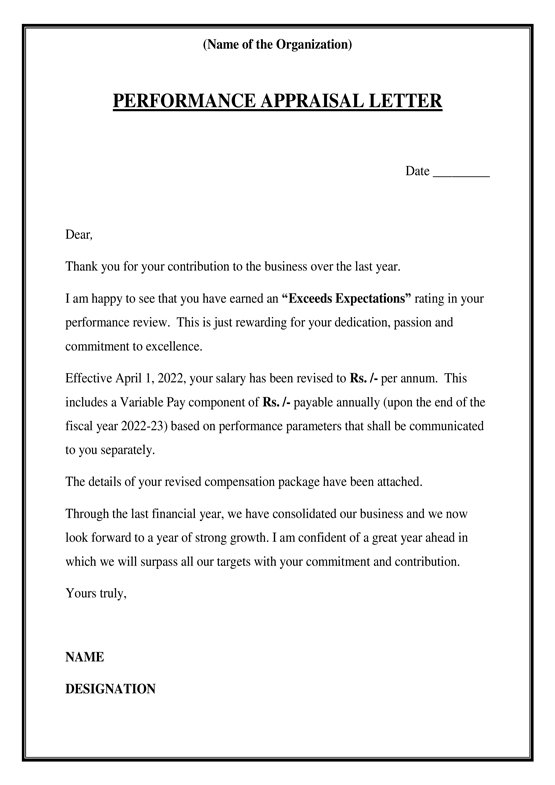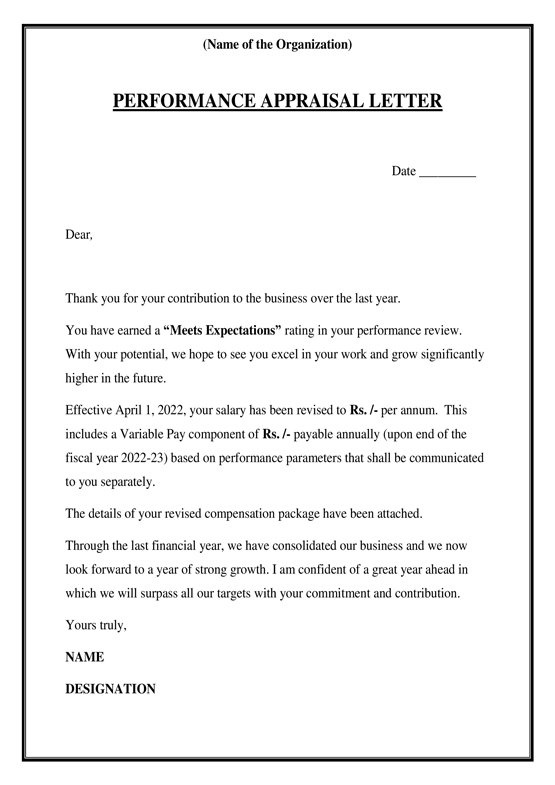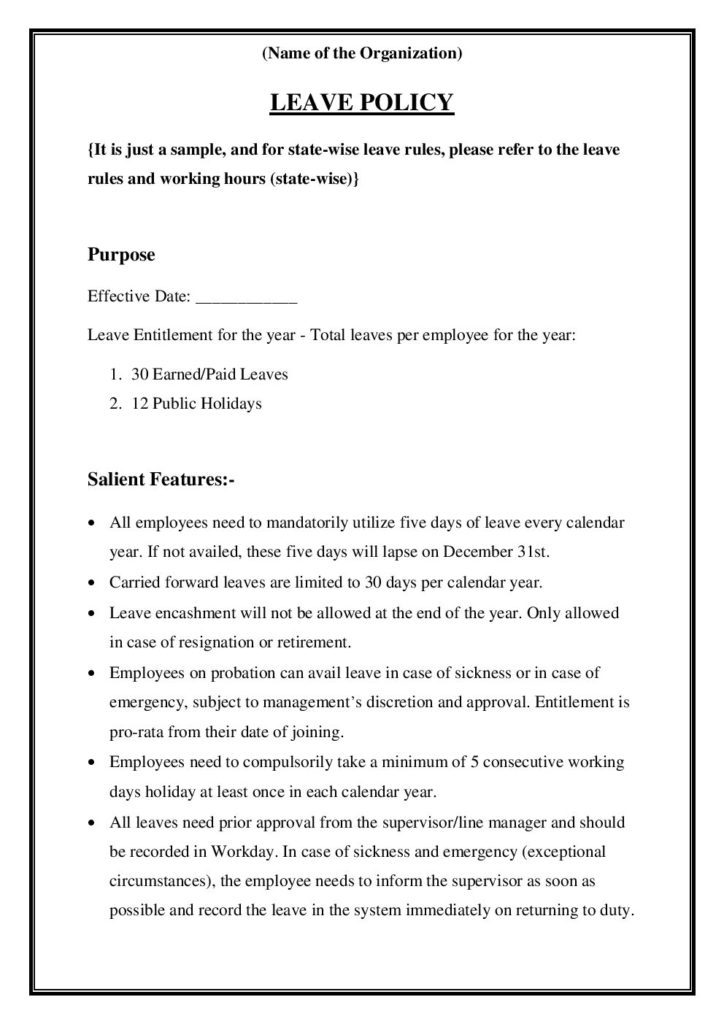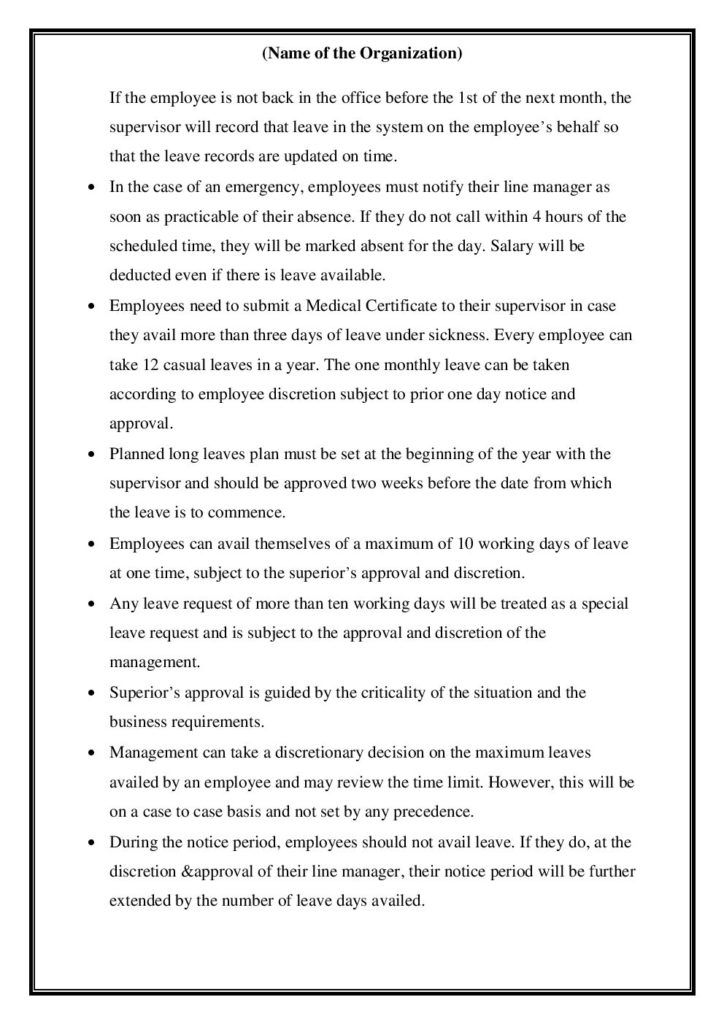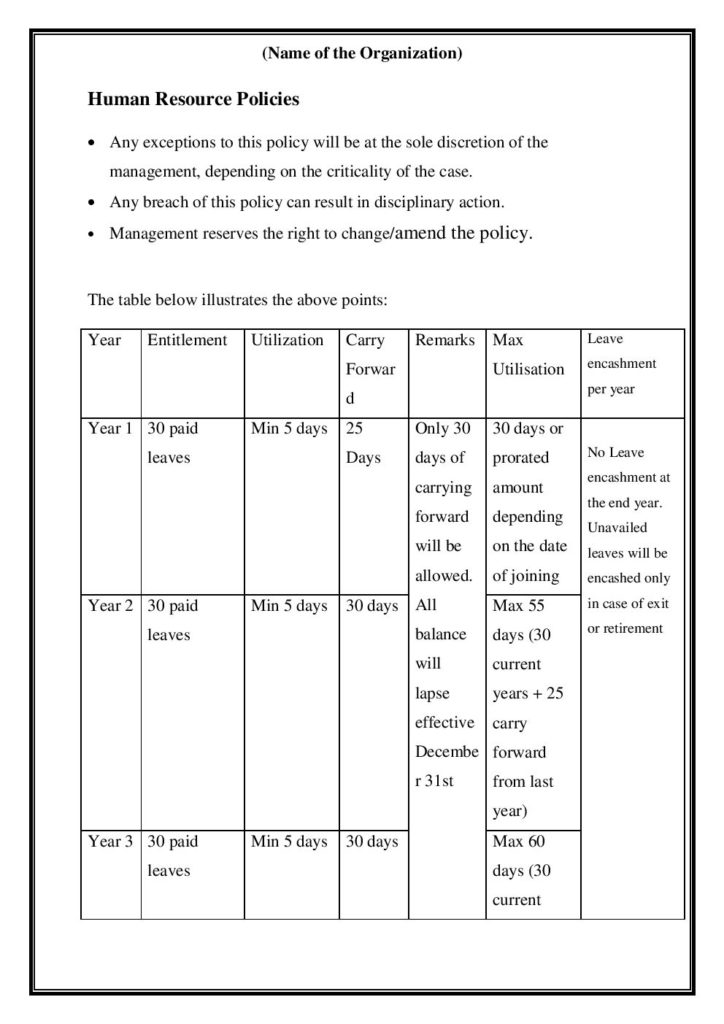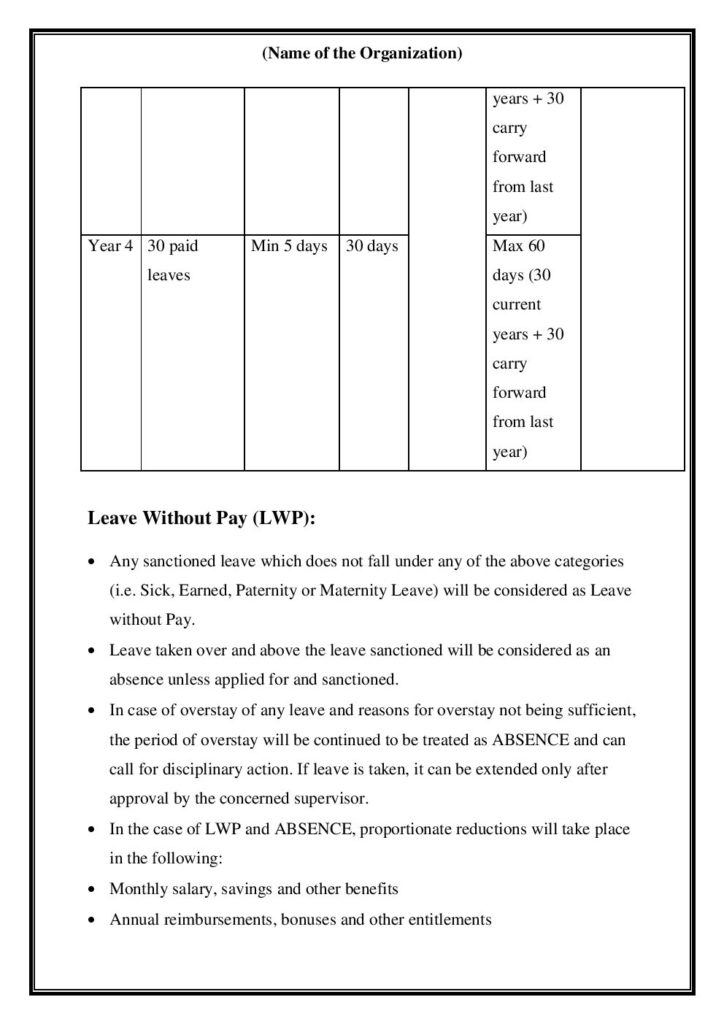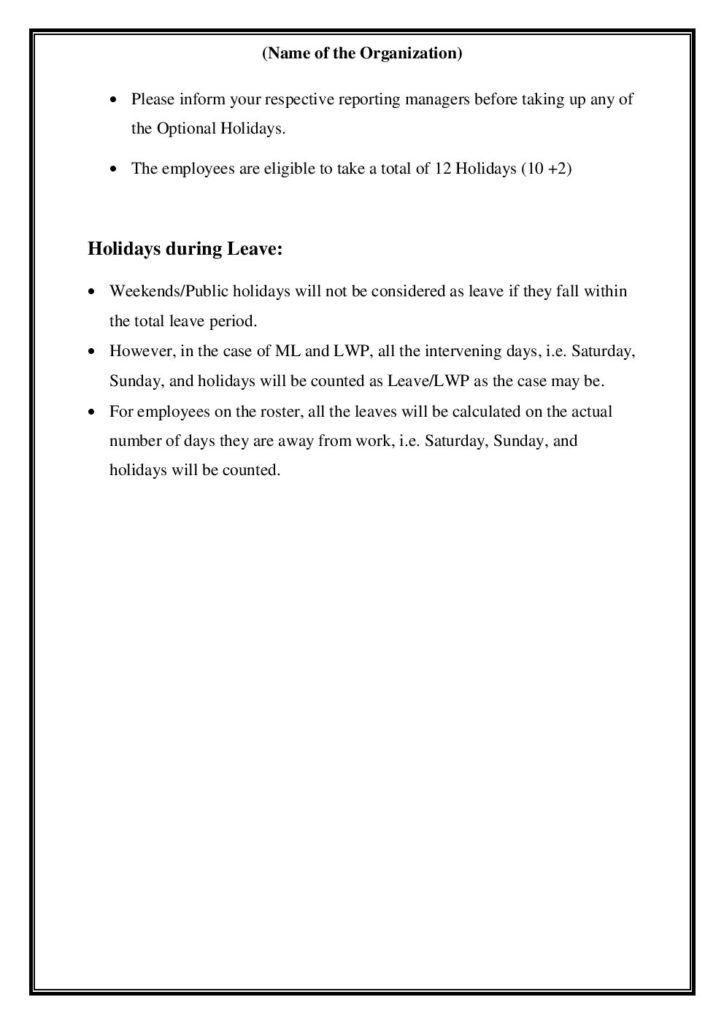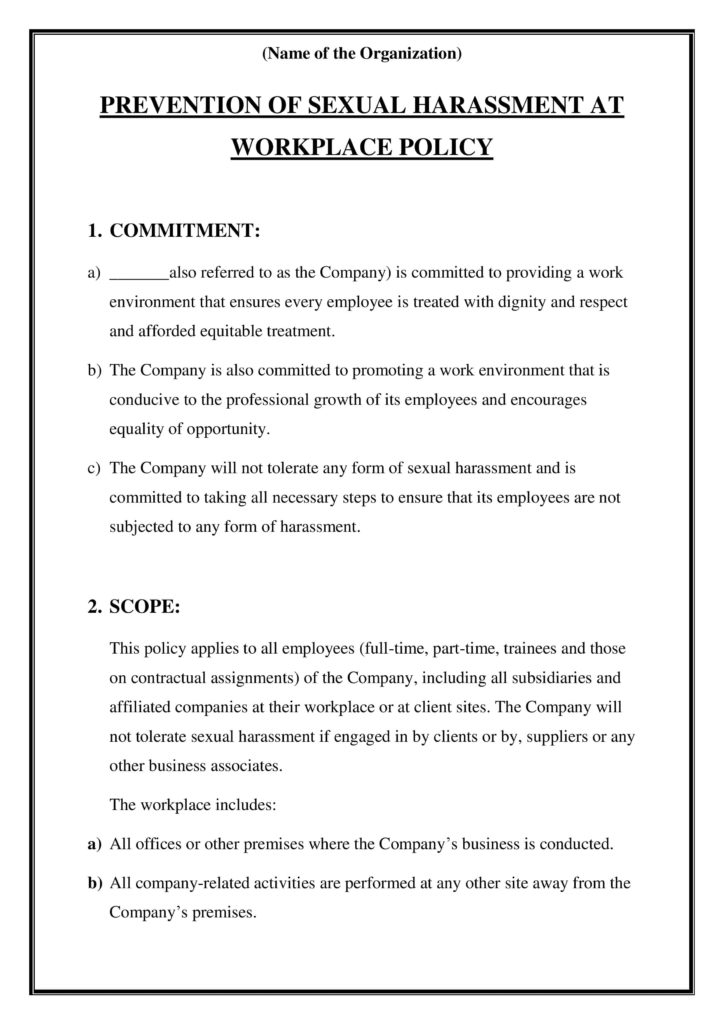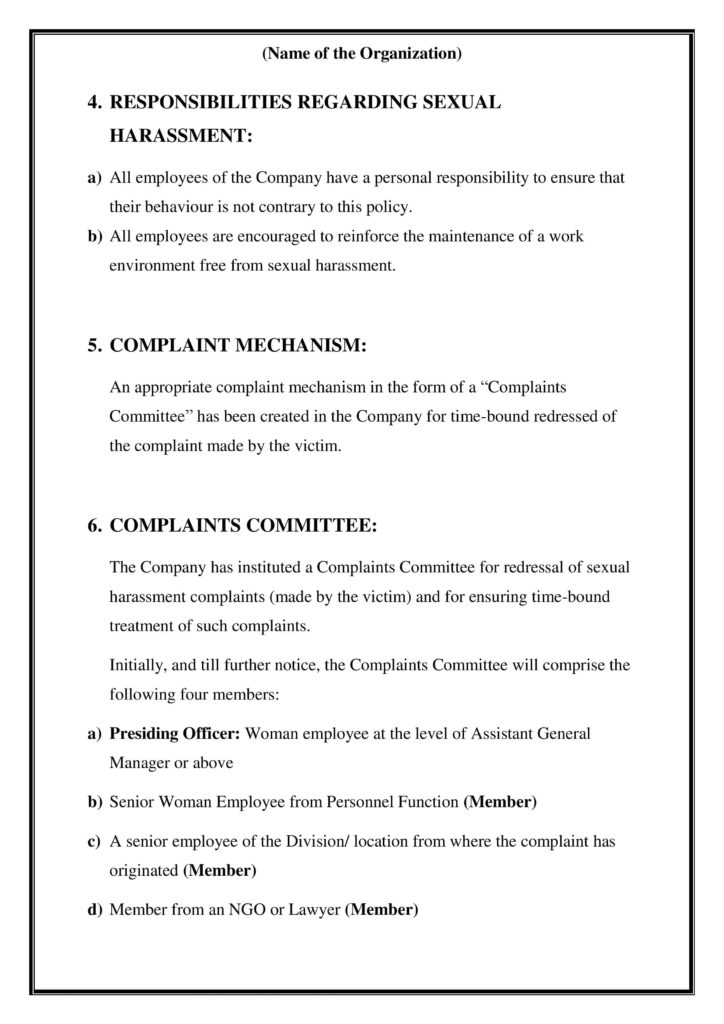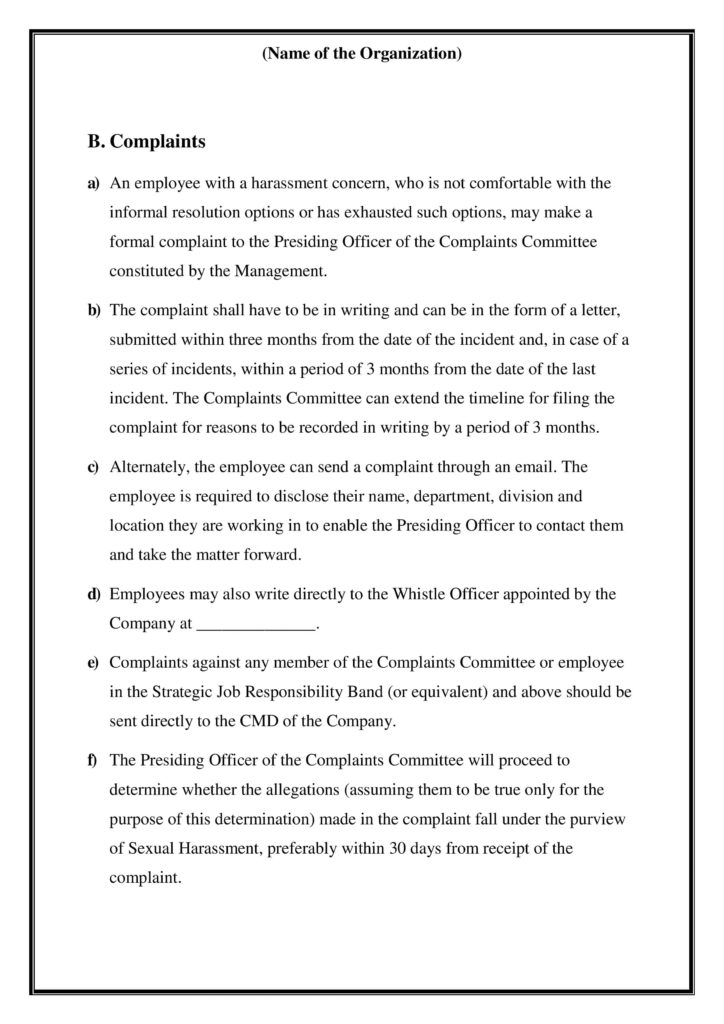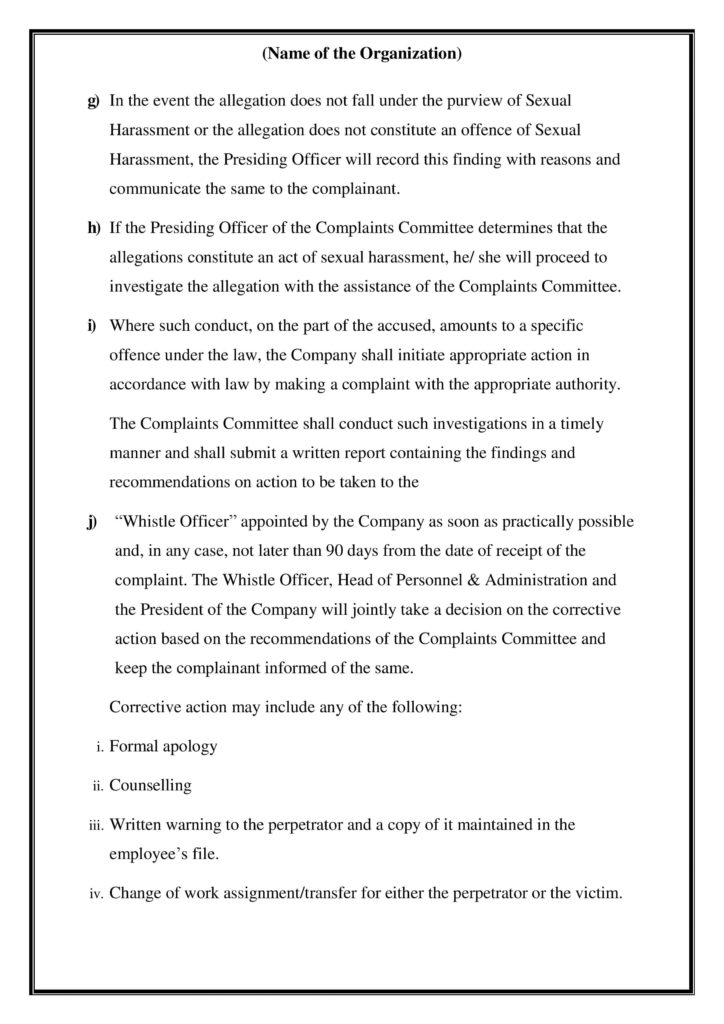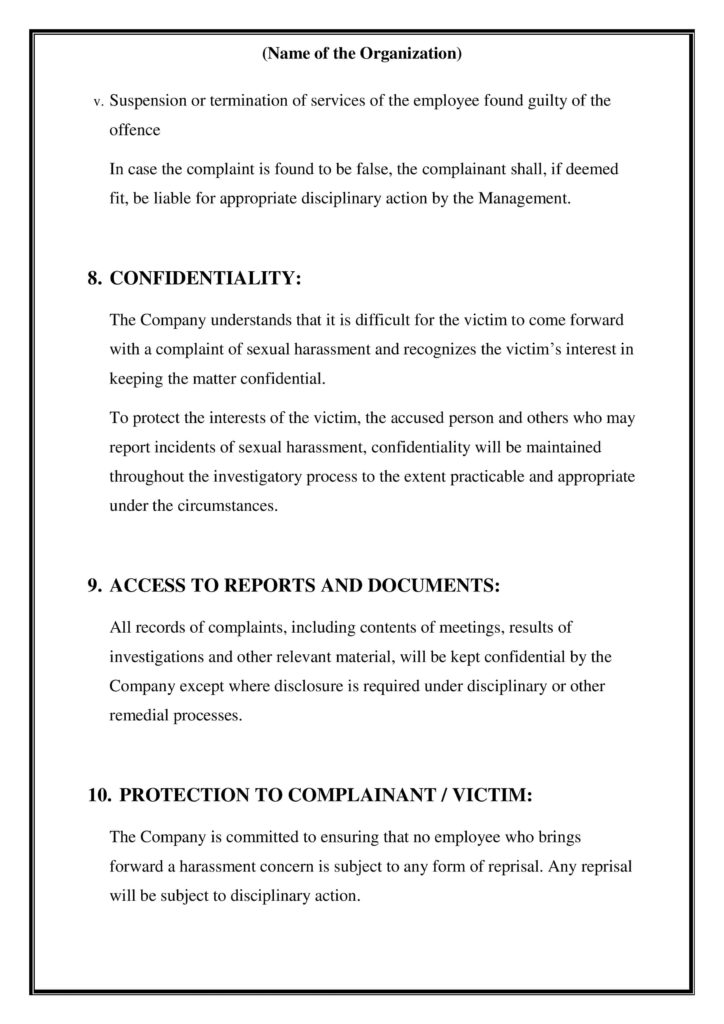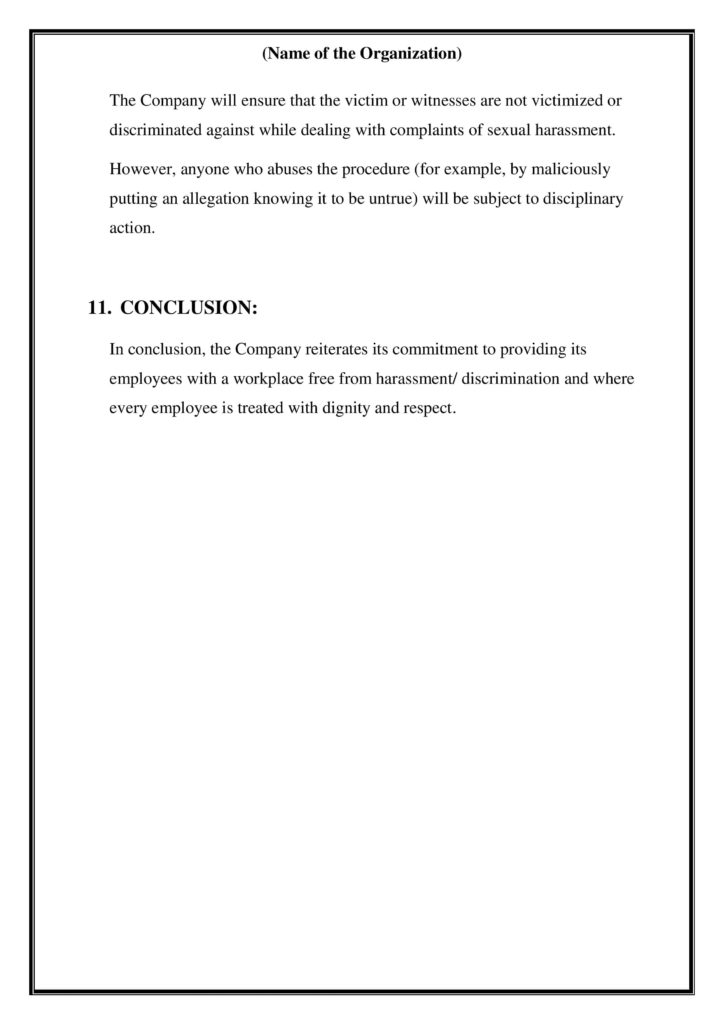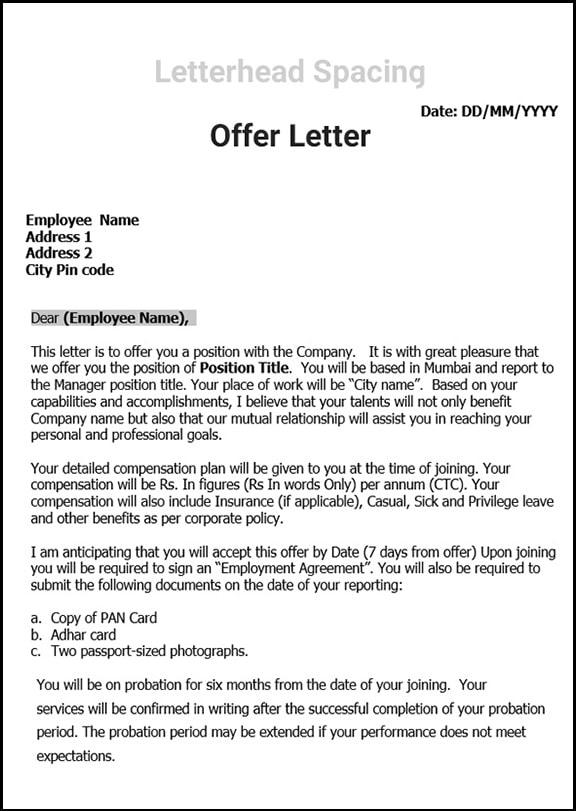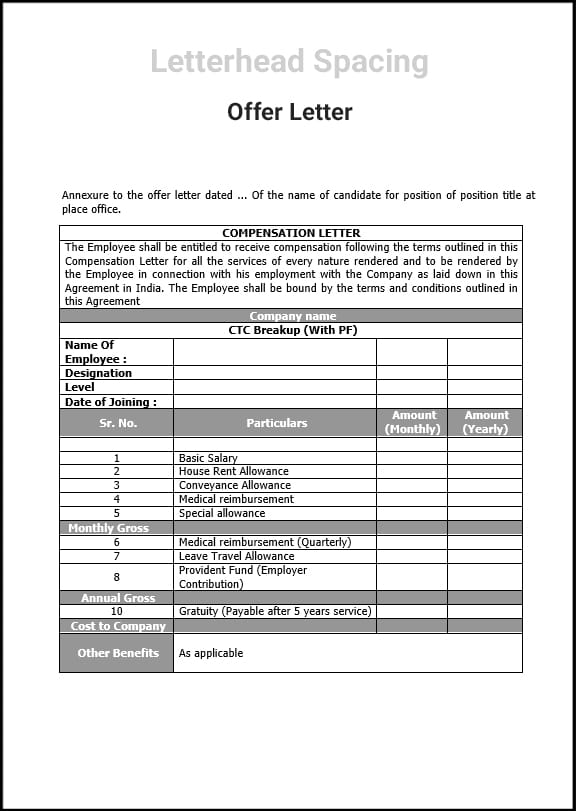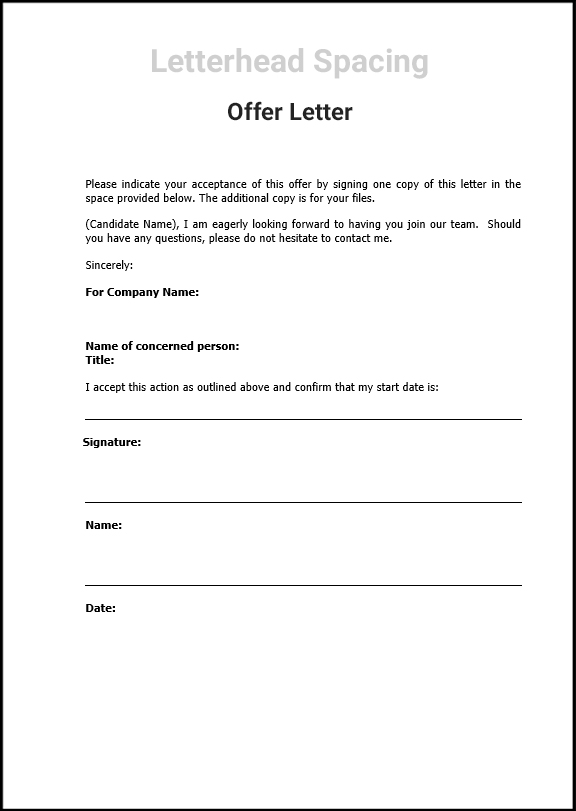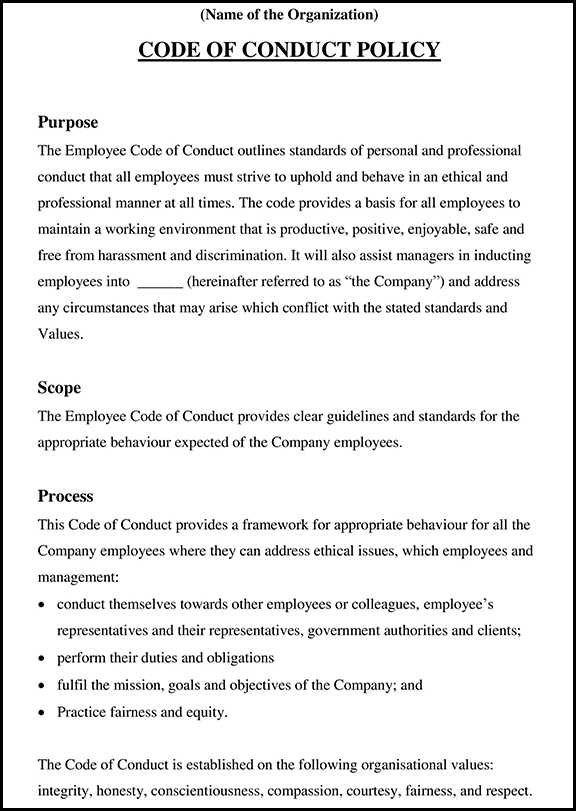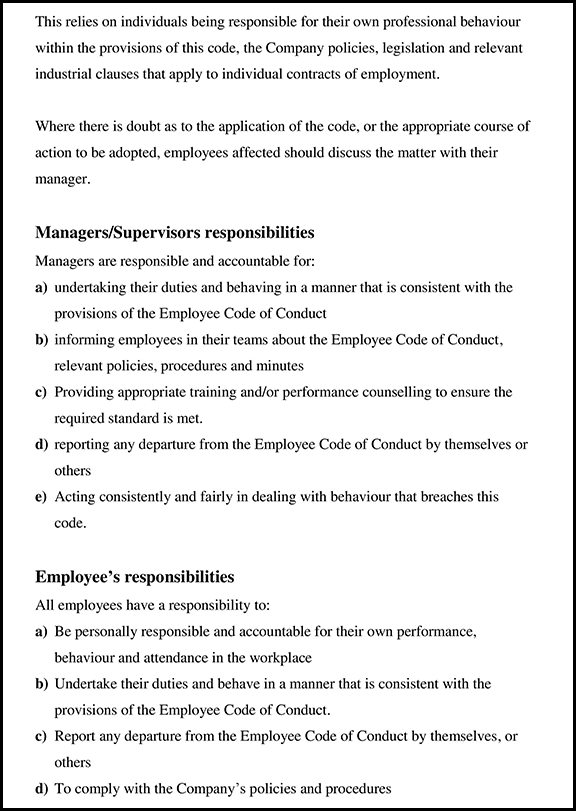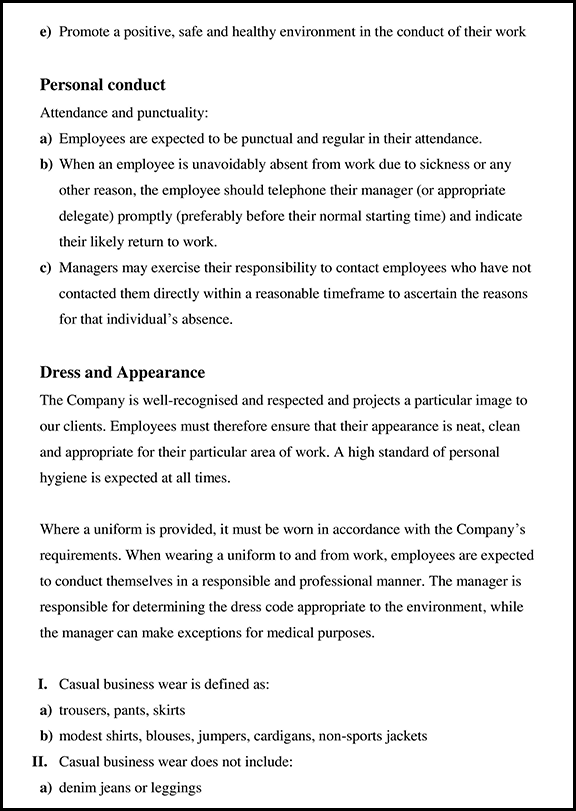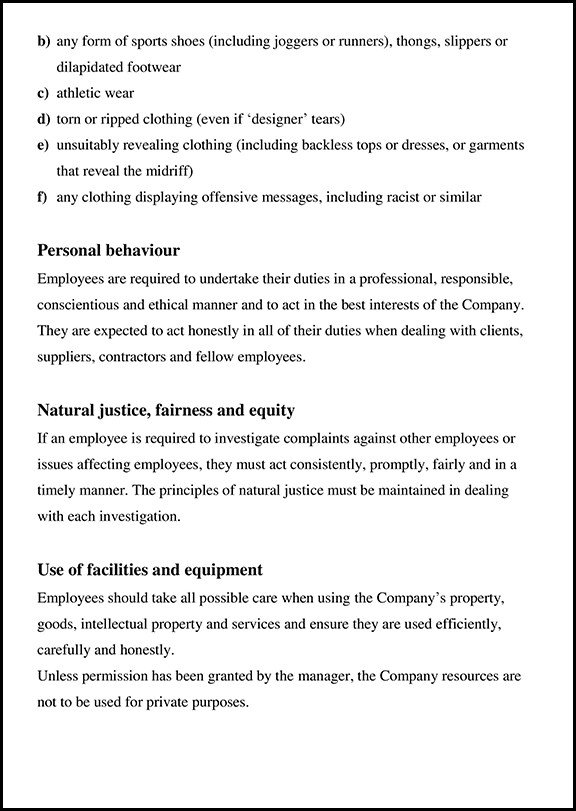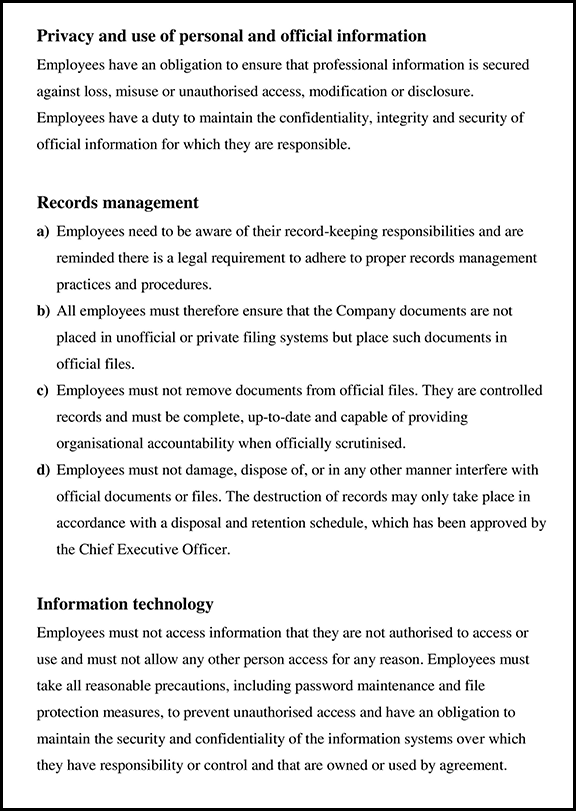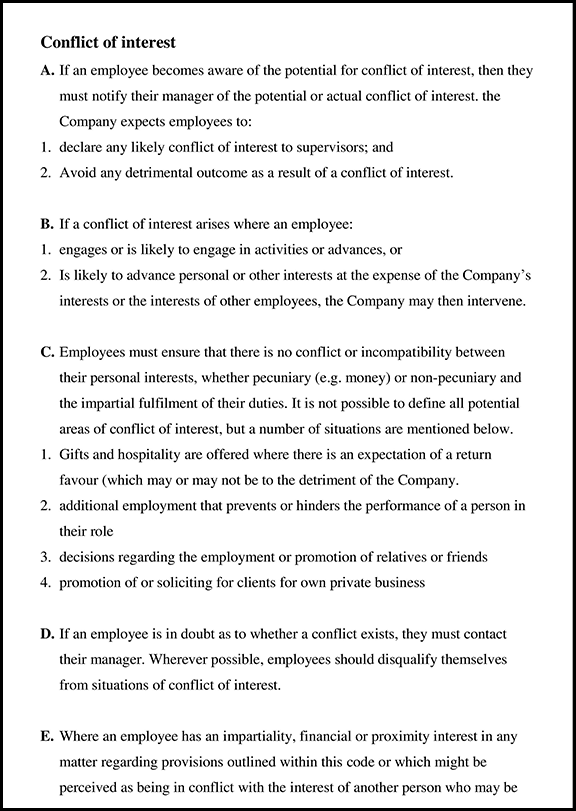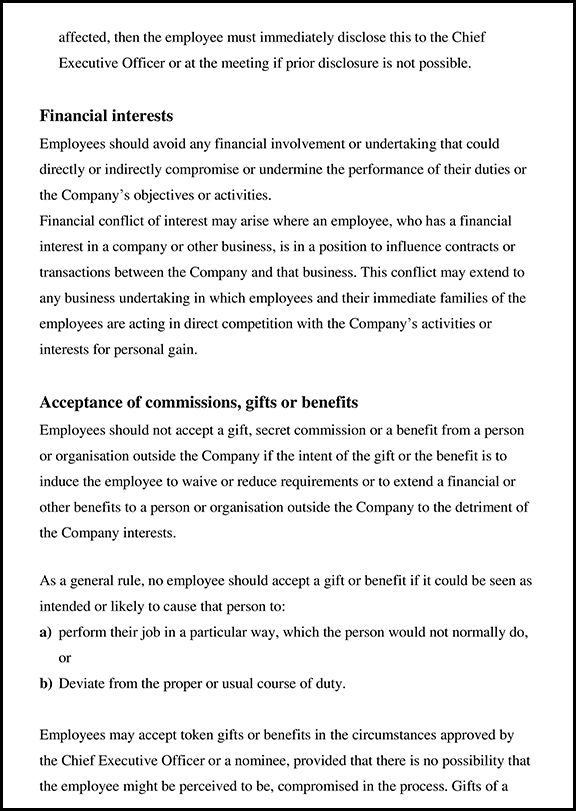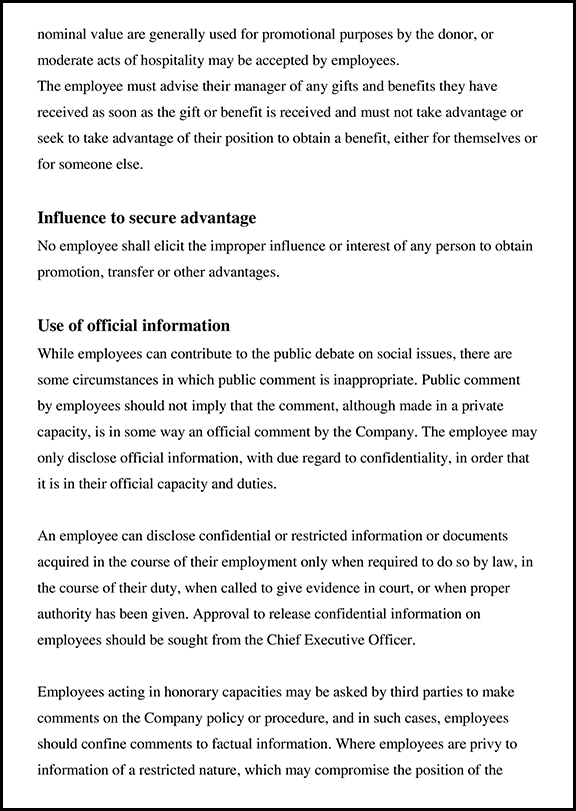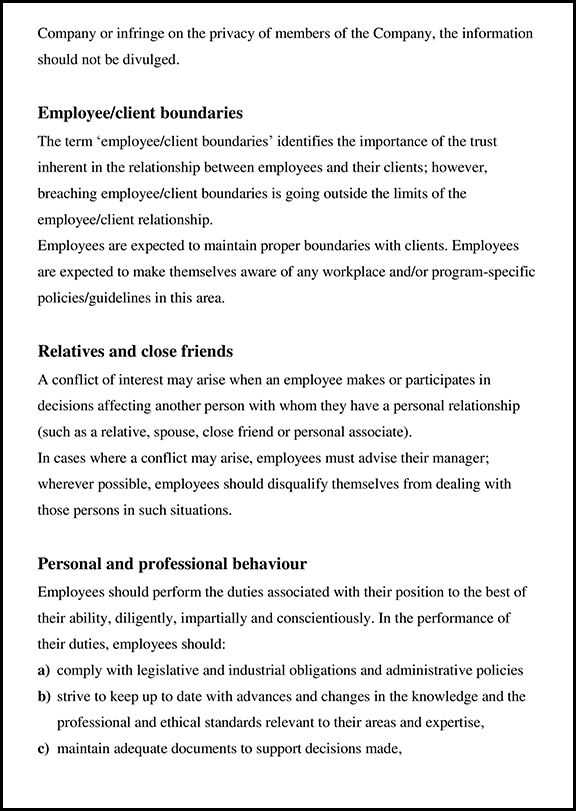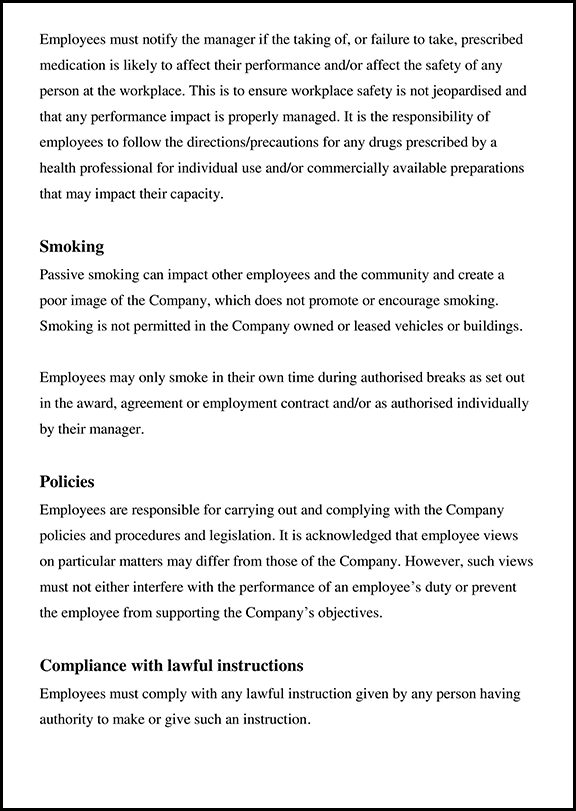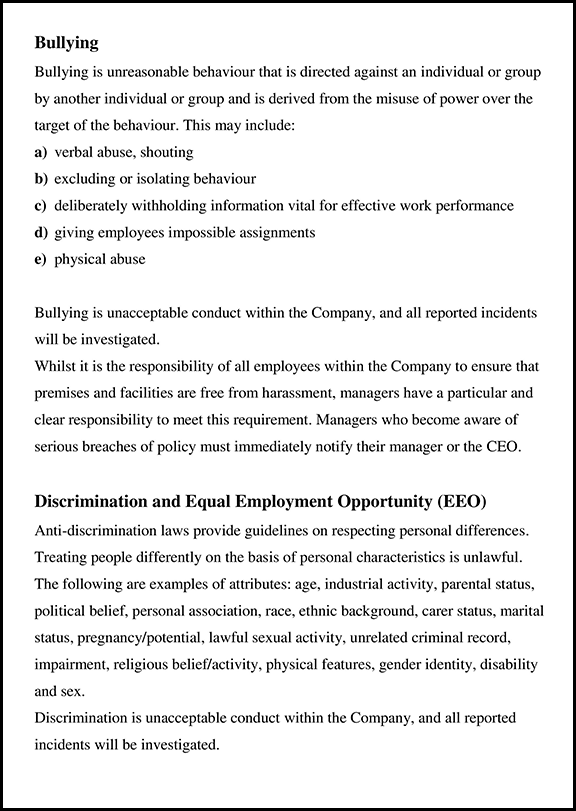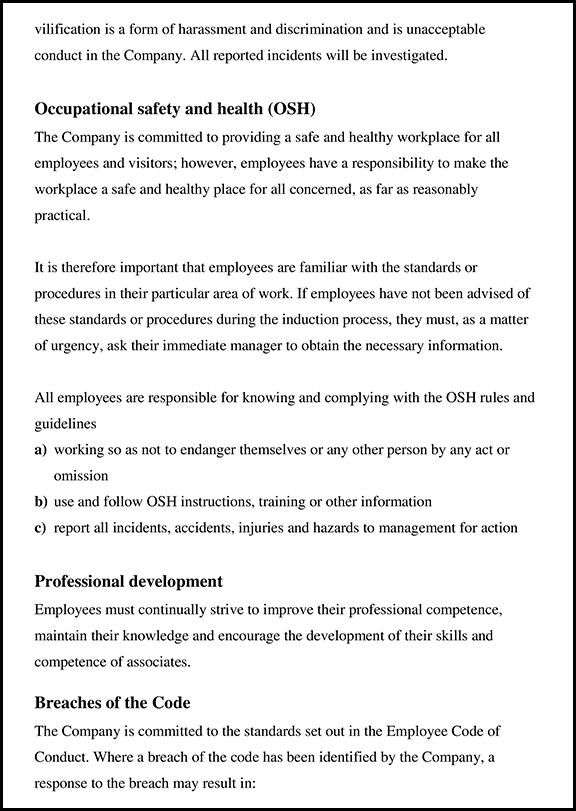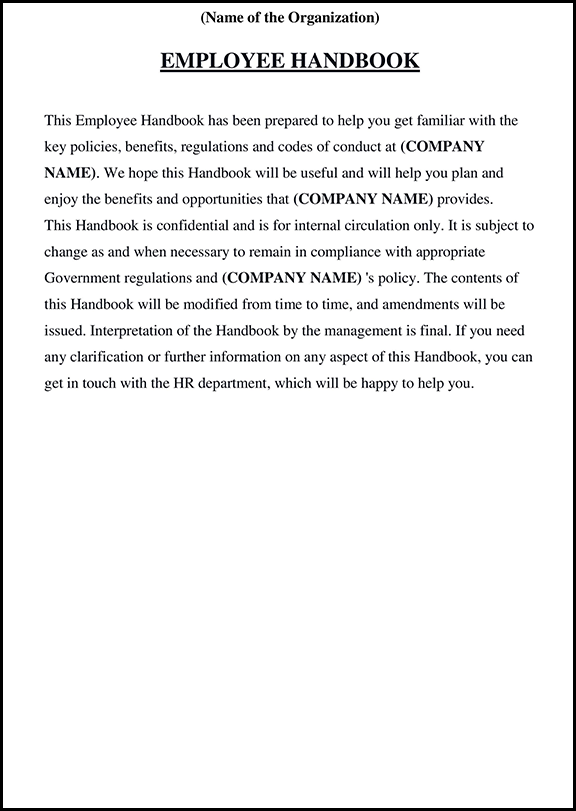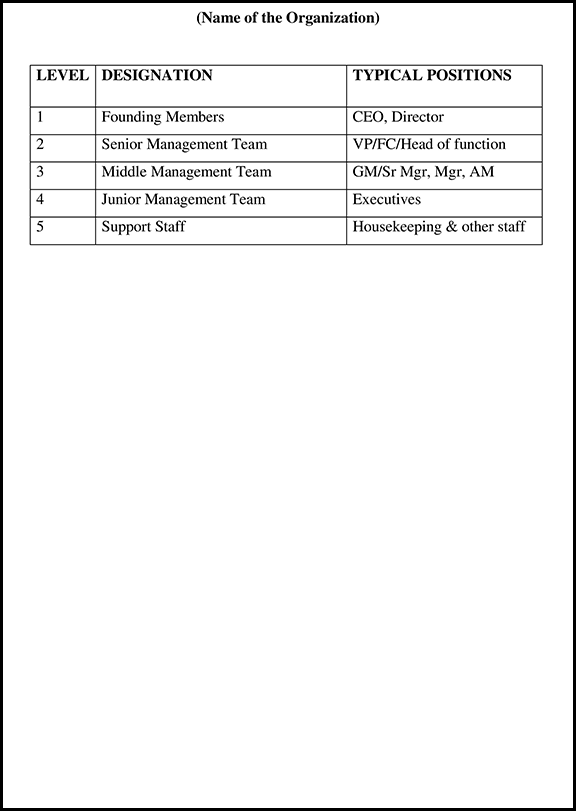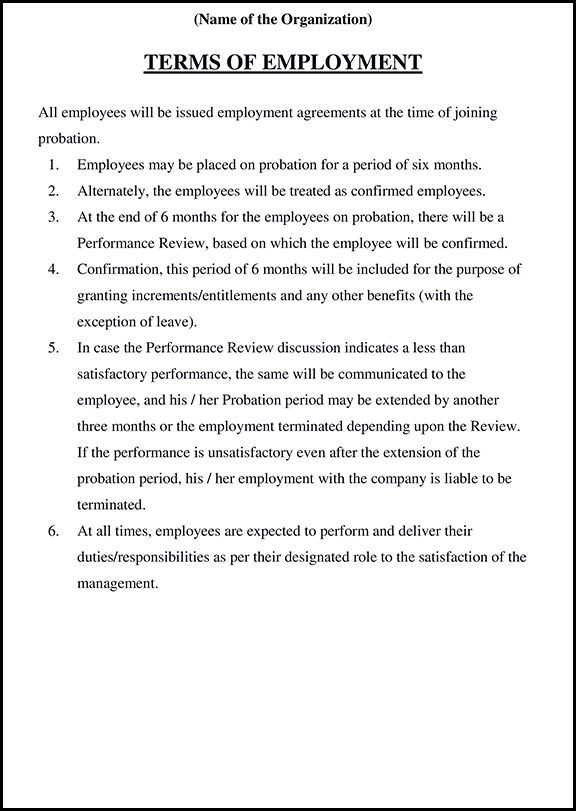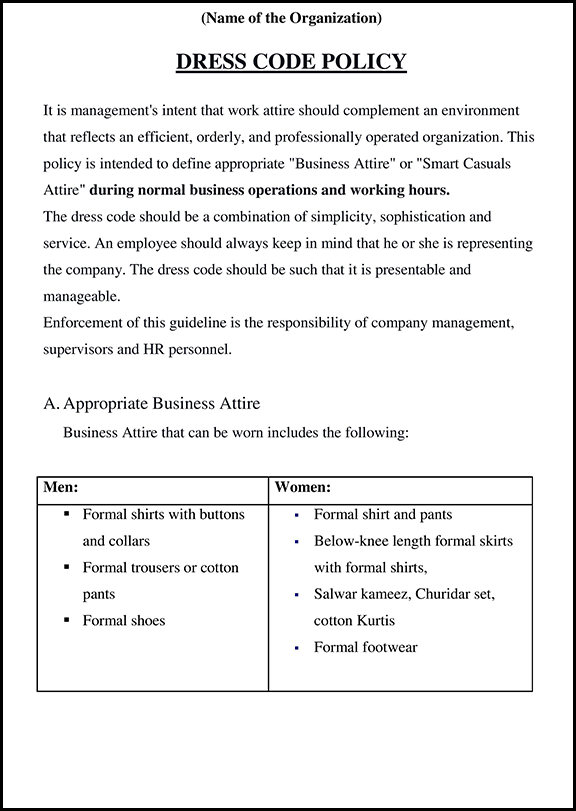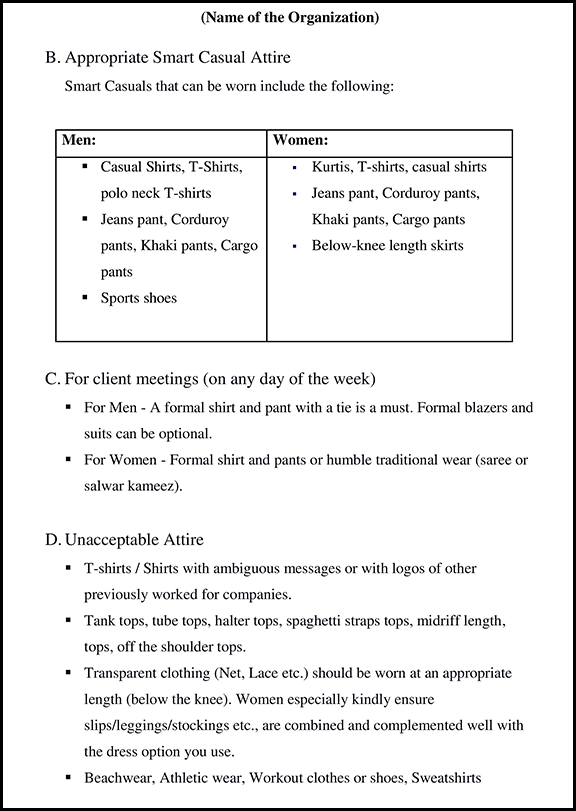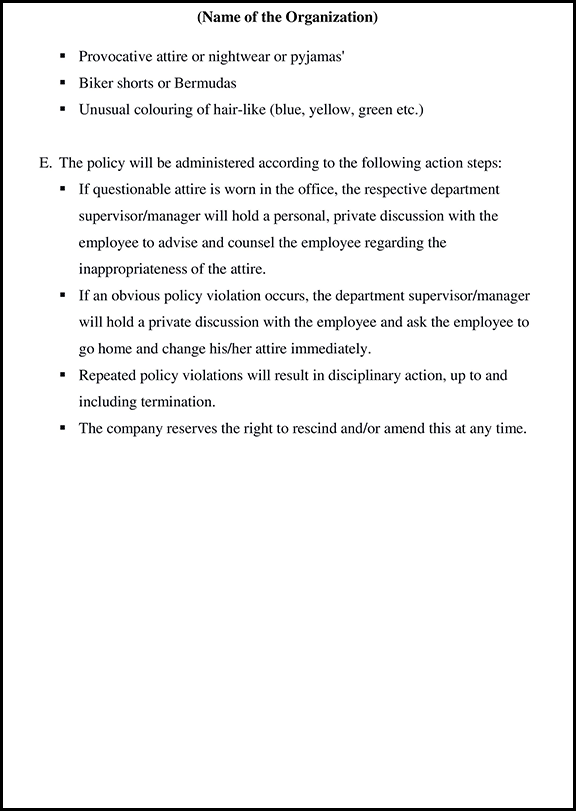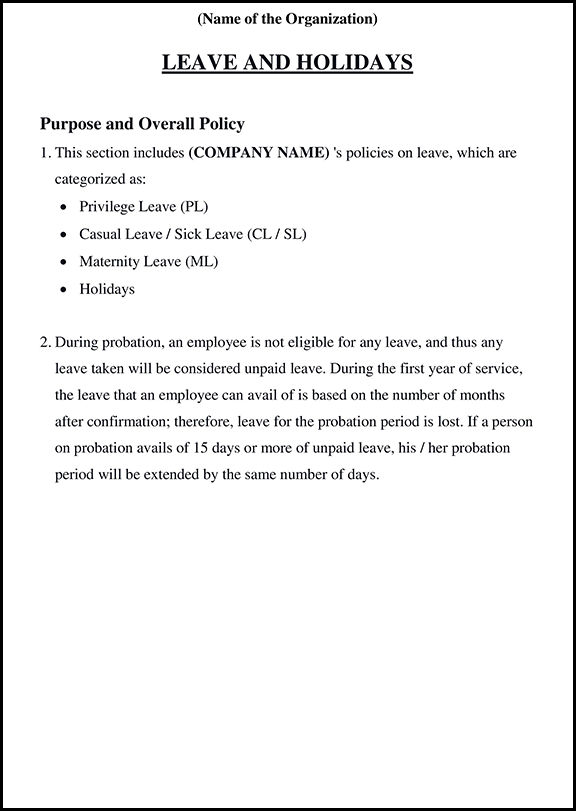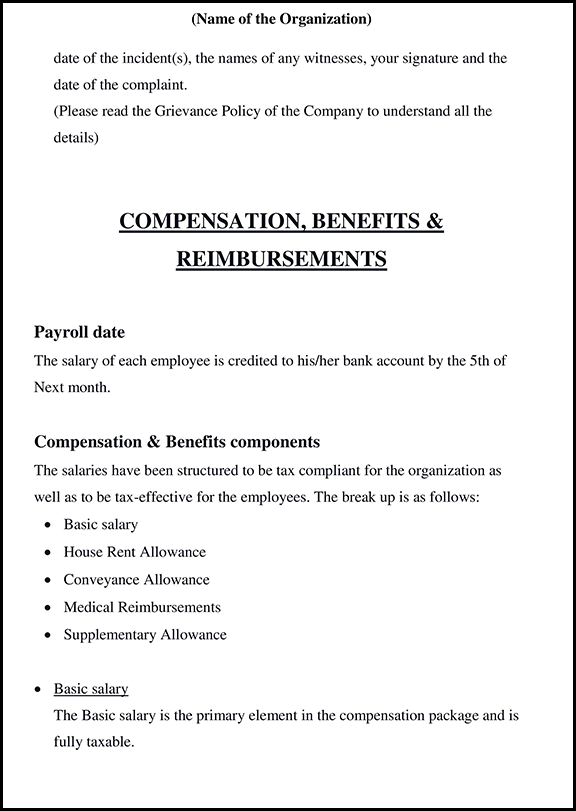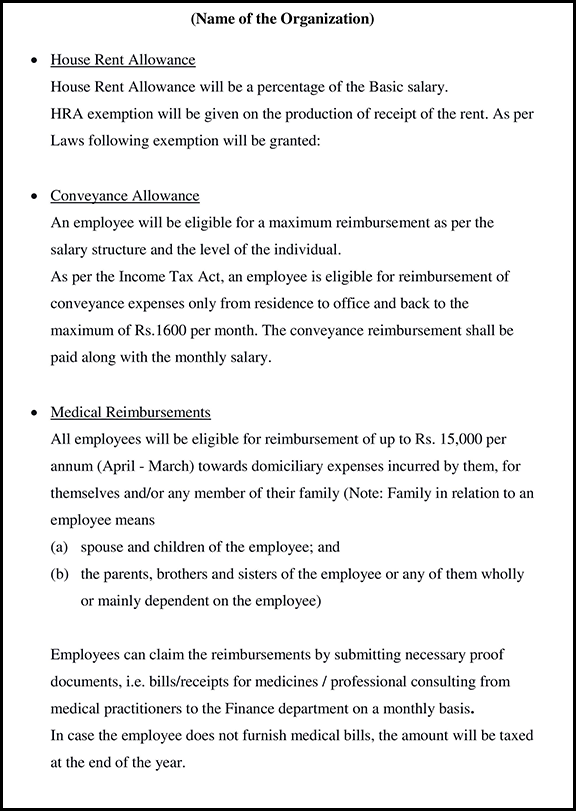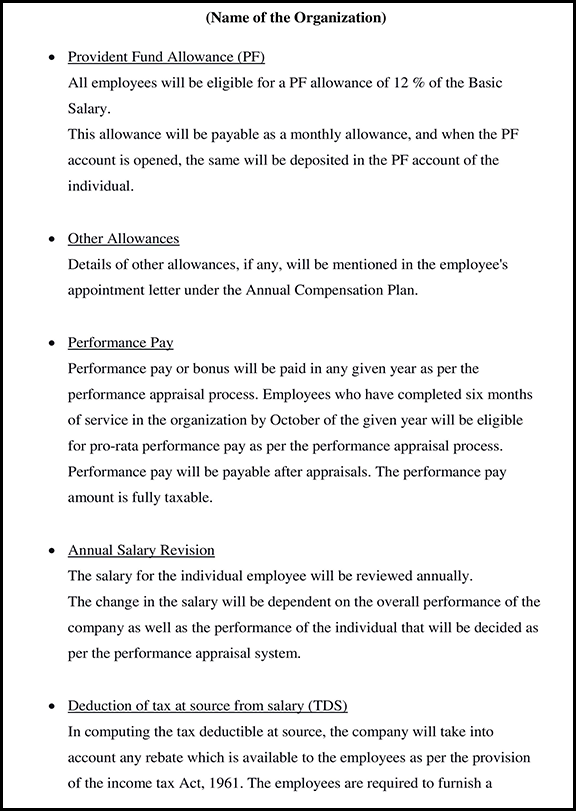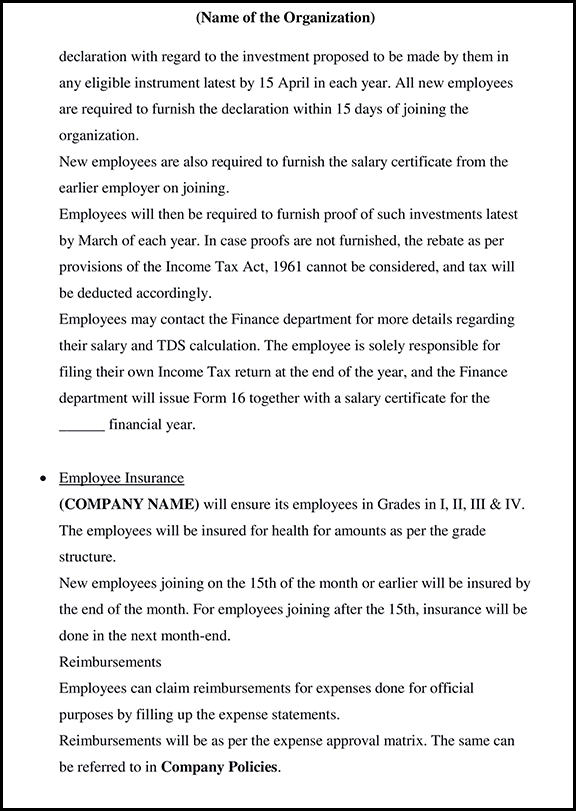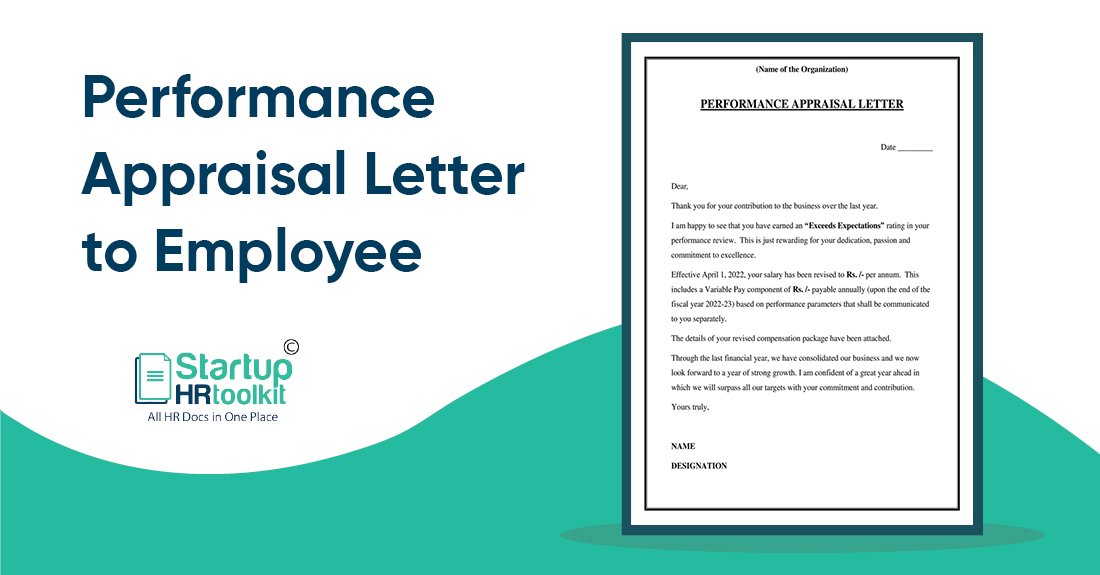
Performance Appraisal Letter Format
Performance Appraisal Letter Format
What is Appraisal Letter?
An appraisal letter is a written form where an employer appreciates an employee and assures them that the hard work they are putting into the organization is not getting unnoticed.
The appraisal letter includes strengths, weaknesses, and valuable insights. It helps recognize where an employee performed well and what skills they must obtain to perform better during the next appraisal cycle.
Objectives
The primary objective of an appraisal letter is to provide a complete evaluation and measure an employee’s performance in an organization. The appraisal process provides a valuable opportunity for individual employees or appraisees to showcase their work, receive feedback, and identify areas for growth to enhance their skills and performance.
It can proceed to a meeting between the employee and the employer where they can discuss the present performance and the future goals and achievements that can be set for an employee and also what is expected of an employee for their future explorations.
Tips to Write a Performance Appraisal Letter
There are various ways to draft a performance appraisal letter which involves constructive feedback that evaluates an employee’s performance.
Down below, you can find some valuable points that you can use when drafting a performance appraisal letter format.
1. You can start by highlighting the positive points and begin with a constructive tone. It helps you set a positive and productive for the rest of the letter.
2. When writing an appraisal letter, provide specific and strong examples supporting your remarks about an employee. Use existing models where an employee excelled or where he might need improvement.
3. Have a balanced approach while addressing both the strength and shortcomings of an employee. It will provide a fair assessment of an employee’s performance throughout.
4. Maintain a professional and objective tone throughout the letter. Avoid personal biases or emotional language that may detract from the clarity of the feedback. Stick to observable facts and measurable results.
5. Use the appraisal letter to set clear goals and expectations for the upcoming performance period. Clearly outline the areas where improvement is expected and define specific targets or milestones.
Types of Performance Appraisal Letters
There are three types of performance appraisal letters: Let’s understand in detail about these letters.
1. 360-Degree Appraisal Letter
The name says it all, a 360-degree performance appraisal is not a traditional form of review where just one supervisor provides feedback about an employee. Under a 360-degree appraisal letter, different individuals give insights about the performance and behavior of an employee, like peers, subordinates, managers, customers, and more.
2. Annual Performance Appraisal Letter
An annual performance appraisal letter is a document given to employees once a year, a report about their performance. It is essential as this helps your employer converse with you, providing feedback about your work and performance.
3. Employee Recognition or Appreciation Letter
It is a short note or letter written by an employer or manager who acknowledges and conveys gratitude about an employee’s outstanding performance and contribution to the company. It provides a formal recognition of an employee’s hard work and devotion.
4. Promotion or Salary Increase Recommendation Letter
A Promotion or Salary Increase Recommendation Letter is a formal document written by an employer or supervisor to recommend an employee for a promotion or a salary increase. It serves as a supporting document to advocate for the employee’s advancement within the organization and to justify the need for a salary raise.
5. Probationary Performance Appraisal Letter
The Probationary Performance Appraisal Letter summarizes the employer’s assessment of the employee’s performance during the probationary period. It may include feedback on the employee’s work quality, job knowledge, punctuality, attendance, adherence to company policies, and ability to meet performance expectations.
Performance Appraisal Letters Format
1. Opening and Introduction
- Begin the letter with a professional salutation, addressing the employee by name.
- Introduce the letter’s purpose, stating that it is a performance appraisal.
2. Summary of Performance Period
- Provide an overview of the evaluated performance period (e.g., the past year, specific timeframe).
- Mention the employee’s job position and their key responsibilities.
3. Evaluation of Performance
- Assess the employee’s performance against pre-established goals, objectives, and performance standards.
- Use specific examples and evidence to support your evaluation.
- Address strengths and improvement areas, focusing on observable behaviors and outcomes.
4. Achievements and Contributions
- Highlight the employee’s notable achievements, accomplishments, and contributions during the performance period.
- Recognize specific projects, initiatives, or instances where the employee excelled or went above and beyond.
5. Areas for Improvement and Development
- Identify areas where the employee can enhance their performance or skills.
- Offer constructive feedback and suggestions for improvement, focusing on actionable steps they can take.
- Recommend training programs, resources, or development opportunities to support their growth.
6. Goal Setting
- Collaboratively establish new goals or objectives for the upcoming performance period.
- Ensure the goals are specific, measurable, achievable, relevant, and time-bound (SMART goals).
- Align the goals with the employee’s job responsibilities and the organization’s objectives.
7. Support and Development
- Communicate the organization’s commitment to supporting the employee’s development.
- Mention resources, training programs, or mentoring opportunities to help them achieve their goals.
- Offer assistance or guidance in overcoming any challenges they may face.
8. Closing
- Summarize the main points discussed in the letter.
- Express confidence in the employee’s potential and their contributions to the organization.
- Encourage further discussion and dialogue.
9. Closing Salutation
- Have a professional closing, such as “Sincerely” or “Best regards.”
- Sign off the letter with your name, job title, and contact information.
Download Full Version
Created by India’s top HR experts
Just Rs. 999 Rs. 499
How To Use?
Fill In The Blanks
 Customize Template
Customize Template
 Save, Print, Done.
Save, Print, Done.
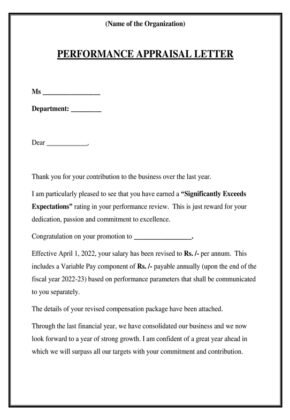
Download Performance Appraisal Letter.
→ Editable in MS Word & Google Docs
→ Full Version
→ Created by India’s Top HR Experts
→ Used by HR professionals at Dream11, Razorpay, Mamaerath & more
Rs. 999 Rs. 499
Download StartupHR Toolkit Instantly & Access Largest Collection HR Documents.
The only Toolkit to solve all your HR problems in minutes.
Legally compliant and govt approved HR documents.
24×7 customer support over chat & calls (during daytime).
FREE HR audit.
Up to date documents as per the latest Statutory Law.
3 FREE customized documents with Gold Plan.
Expert HR guidance.
Join a Community of 1,00,000+ HR Professionals
Recent Post
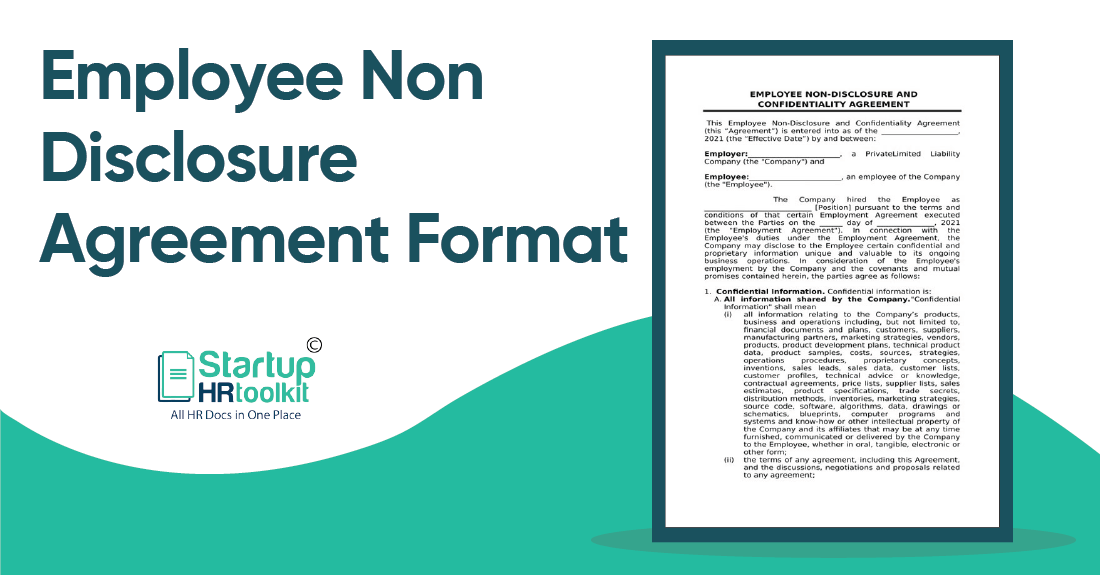
Employee Non Disclosure Agreement Format
All organizations have specific information and processes that they want to keep confidential as they are too sensitive. To ensure that they remain a secret, employers make their employees sign an Employee Non Disclosure Agreement format.
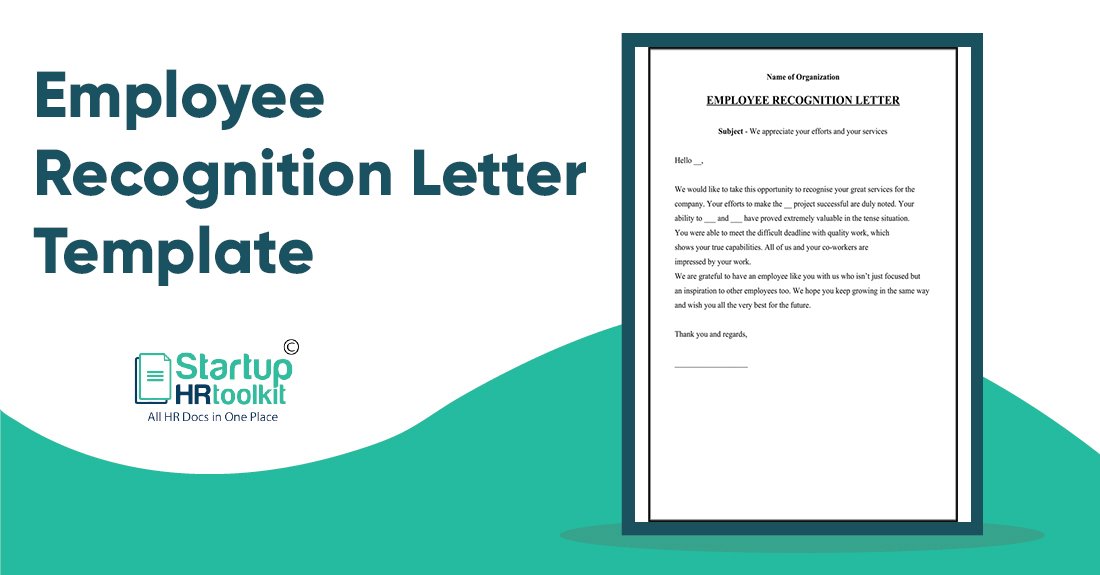
Employee Recognition Letter
An employee recognition letter is a means for employers to thank and appreciate employees for all their hard work and dedication. This letter aims to show and appreciate them for putting in a lot of effort in their job. It motivates them to work harder and achieve all their targets.
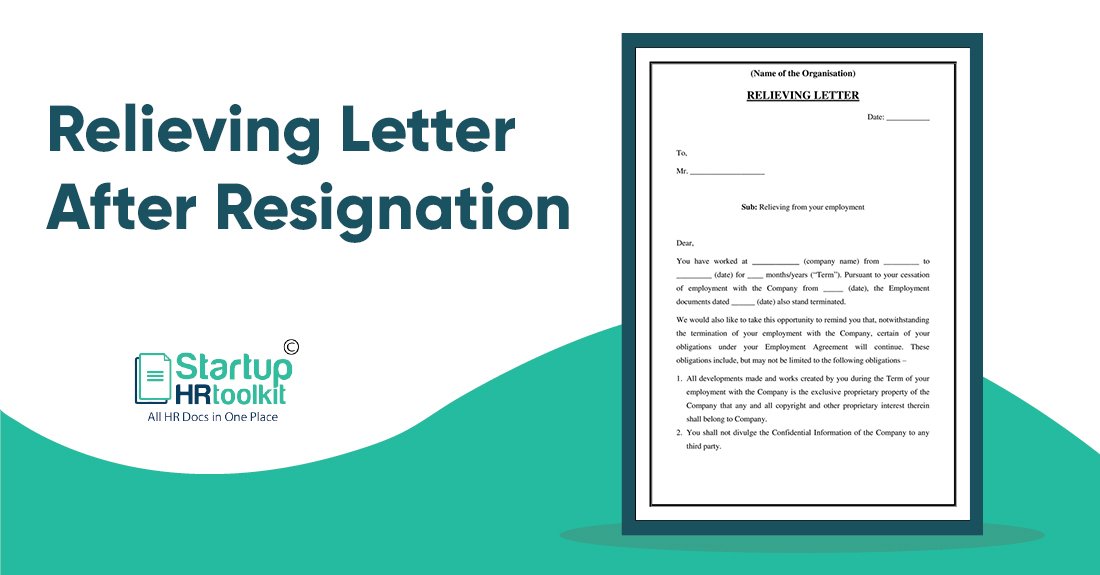
Relieving Letter After Resignation
A relieving letter sample is provided to employees when they leave an organization. The Letter states that the employee left their previous employment after a full and final settlement and now join a new organization.


